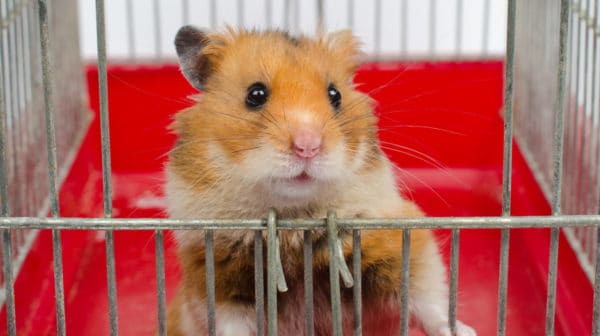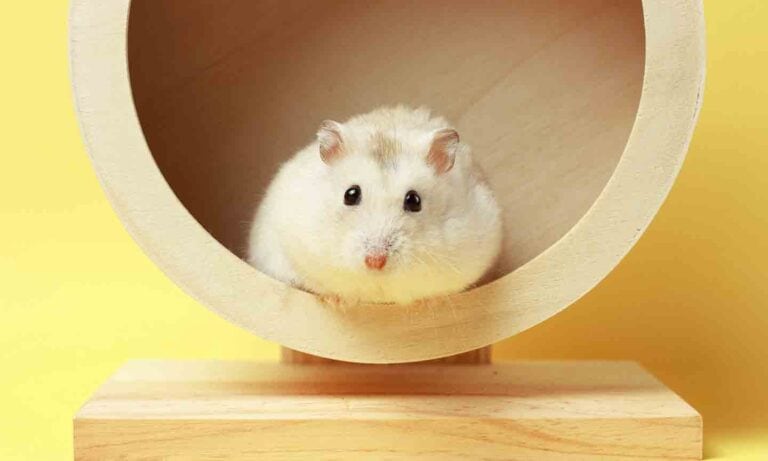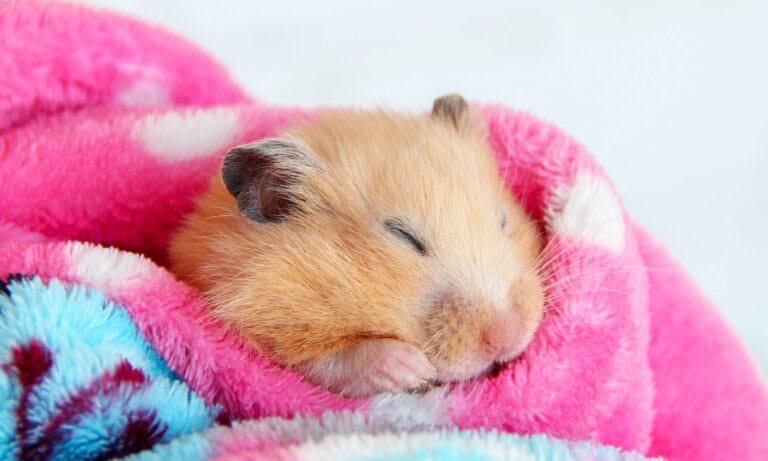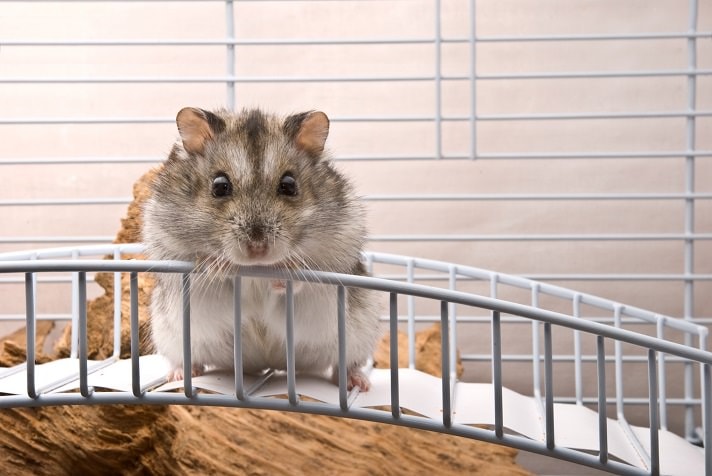Every once in a while a video goes viral on social media showing an animal doing something unique or unusual. It may be a rabbit herding sheep or a group of ferrets having fun playing in a box of packing material. While it is clear in many of these images that the animals are happily acting out voluntarily, there are occasionally videos of animals performing behaviors that go beyond unusual.
One such example is a video that recently came to my attention of a hamster that is repeatedly doing backflips. At first glance, it seems rather amusing. However, closer inspection reveals an animal that does not seem in full control of the behavior. He appears to be trying to eat but falls out of the dish. Even as he tries walking around the cage, he compulsively backflips and hits his head on the side of the food dish. This behavior appears to be pathological.
The backflips do not seem to be related to seizures, as the hamster does not convulse or seem to have an altered mental state. Nor does it seem to involve the vestibular system that controls balance, because he has no head tilt and walks perfectly normally between flips. This behavior may actually represent a stereotypic movement disorder.
A stereotypie is a behavior that serves no useful purpose but is repeatedly performed without variation. This behavior occurs in a sequence that is predictable and often rhythmic.
This type of abnormal behavior has often been observed in animals kept in stressful situations, such as small enclosures or overcrowded environments. In general, stereotypies are considered an indicator of poor mental well-being. An example of stereotypic behavior is repetitive pacing of animals who are confined to hamster cages. The behavior is so ingrained that it cannot be interrupted by external stimuli.
Stereotypies have been studied for decades. One of the earliest studies demonstrated how these abnormal behaviors could be induced by confining rhesus monkeys to small cages. One of the monkeys even began to perform backward somersaults repeatedly.
In addition to small enclosure size, other conditions have been identified as being able to elicit stereotypic movement disorders including:
- Isolation
- Overcrowding
- Lack of environmental complexity
- Stress
Recent reports that studied voles suggest a genetic link in the propensity to develop stereotypic behavior.
Examining the viral video again of the hamster doing backflips, some of the factors involved in stereotypic behavior development may be at play. The cage itself appears quite small and lacks environmental enrichment (i.e., no wheel, hides or tunnels). There are quite a few hamsters in this small space and given that hamsters are generally very solitary, this could induce stress in individual animals.
While veterinary medicine spends much more time dealing with physical health, we must also remember than mental health is equally as important. All animals deserve proper housing and environmental enrichment in order to ensure overall good quality of life.
Syrian hamsters need a cage to themselves that has room to explore, an exercise wheel, a hideaway, hamster toys, clean bedding and everything to make life comfortable both physically and mentally.
Note that even with the best cage, supervised out-of-cage playtime is also needed. A limited number of dwarf hamsters can share a cage if it’s large enough and they get along.
Want to learn more about hamster behavior? Check out:
- 12 Strange But Common Hamster Behaviors
- Weird Fighting And Squeaking Hamster Behavior
- How To Stop A Hamster From Biting
By: Leticia Materi, PhD, DVM
Note: All articles by Dr. Materi are meant for educational purposes only and in no way represent any particular individual or case. They are not for diagnostic purposes. If your pet is sick, please take him or her to a veterinarian.
Featured Image: Olena Kurashova/Shutterstock
Share:









